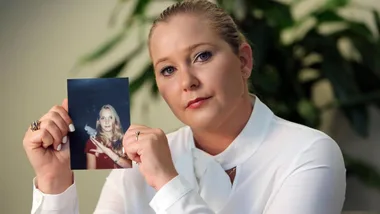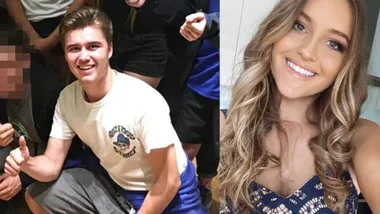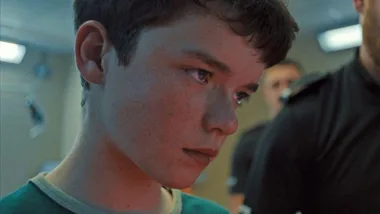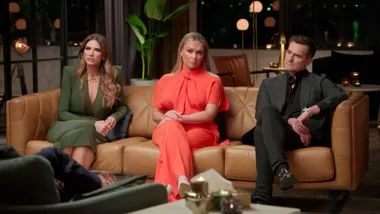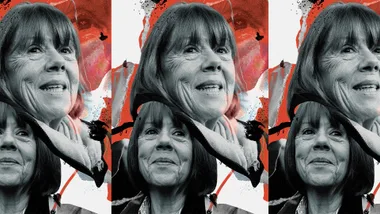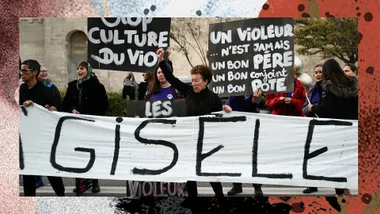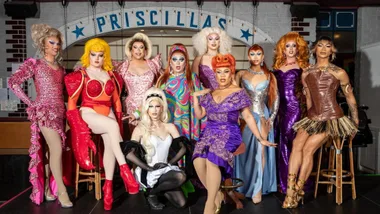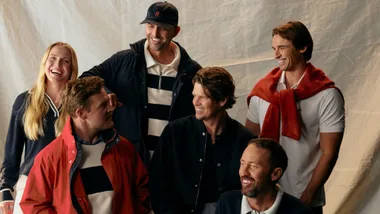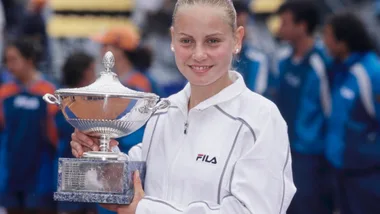Andie Halas, founder of Thread Together, an organisation that helps provide clothing for people in need and, in turn, redistribute excess stock that would otherwise end up in landfill, has seen this firsthand. In its eighth year, Halas’ venture is considered one of the Australian fashion industries most important chains in the fashion life cycle.
marie claire spoke with Halas to understand how the pandemic has impacted the organisation and those it helps.
“Our model is very simple. We collect end-of-line brand stock from clothing providers. With the support of volunteers, the clothes are sorted by age, gender, and purpose, and then redistributed to people in need through charities and social service agencies across Australia. I think of it as redistributive justice,” says Halas.
“We haven’t been able to have volunteers in our warehouse, which we rely on heavily,” she adds. “We seem to be managing to get enough clothes out, we’re just working longer hours with smaller teams.”
It’s not just those affected by the current health crisis that Thread Together is working to help, but the “ones who may have been forgotten.” As Halas describes, these are the bushfire victims who lost their homes and belongings just five months ago, as well as the homeless and vulnerable.
“In the short term, I hope that Thread Together will be able to clothe members of our community who may have been forgotten during the times of COVID,” Halas explains. “So we’re talking about the bushfire victims, we’re talking about the homeless people – we want to get the clothes to them, especially with the cold months coming up.”
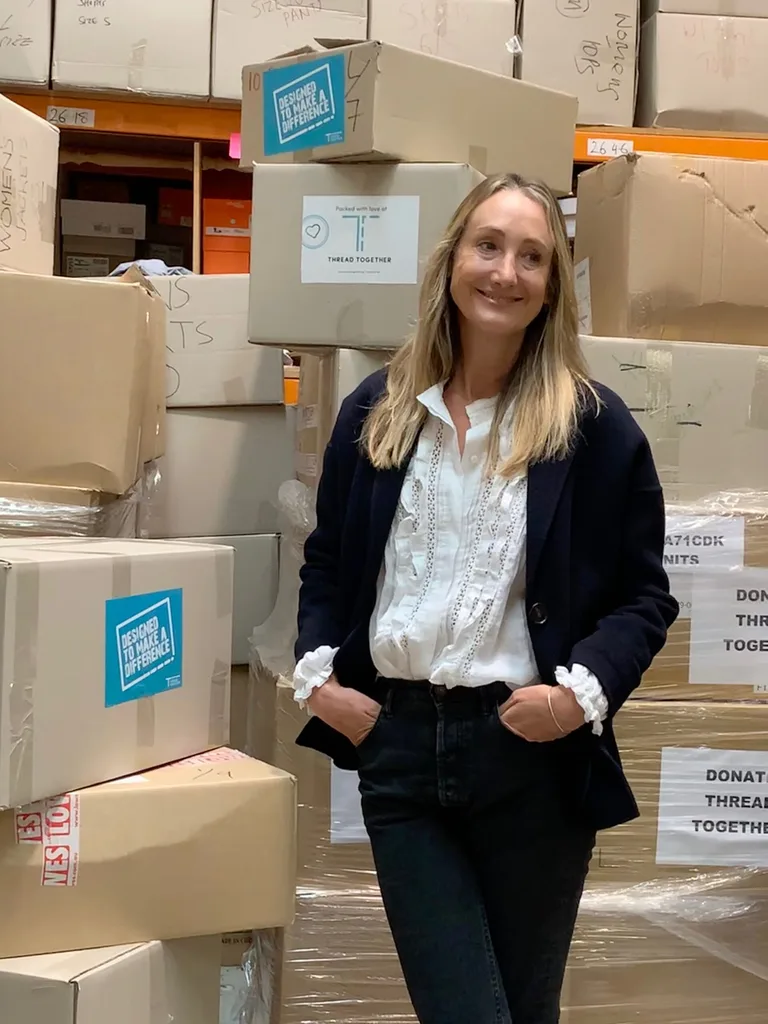
Reacting swiftly, Halas and the team was able to support those that had been directly affected by the devastating fires. With a warehouse of new clothing, underwear and shoes, Thread Together’s temporary Clothing Hubs were established in evacuation centres on the North Coast and South Coast of New South Wales and in Mallacoota in Victoria. They also deployed its mobile wardrobes to Lobethal in the Adelaide Hills in South Australia in order to facilitate entire wardrobes for people who had lost their homes and livelihoods due to fire.
Long term, Halas hopes that Thread Together “won’t have to exist”, because ultimately then the industry won’t have excess fashion waste going to landfill.
Presently there are over 200 fashion partners who have saved over 2.5 million pieces of clothing from landfill. And now, Thread Together is clothing up to 2,000 people each week and supports hundreds of charities – from Anglicare, St Vincent de Paul, The Salvation Army to Dress for Success (a list of charity partners can be found here).
“Everybody can get involved and help Thread Together – and I love that people want to,” Halas says. “Right now, look after yourselves, look after your families and when things get back to normal come and volunteer. If you can, support the Australian fashion industry and if you’ve got 5 dollars – because that’s what it costs us to put somebody in a completely new wardrobe – go online and donate 5 dollars.”

